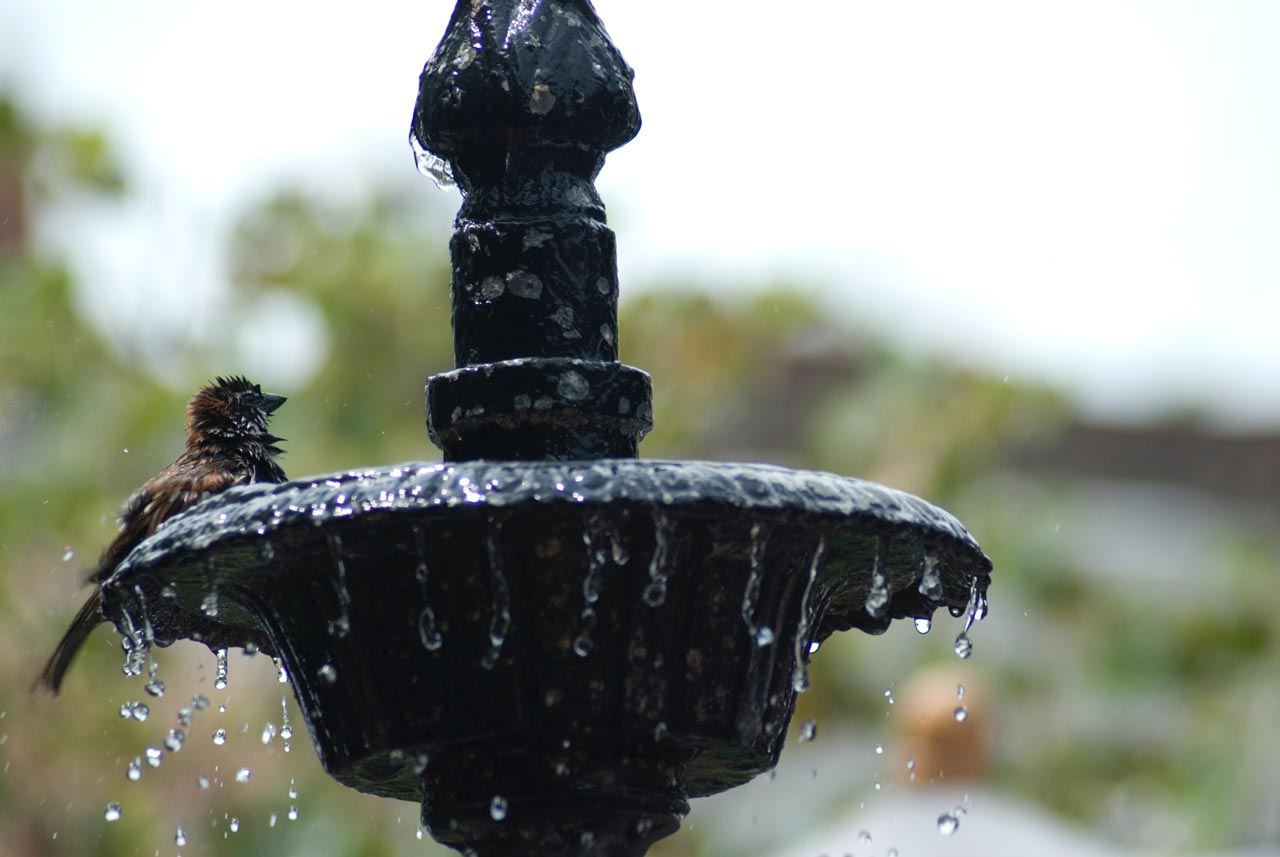8 Effective Ways on Addressing a Leak in a Water Fountain
Fountains are used for aesthetic and practical purposes since ancient times. Many homes and business establishments are using water fountains to add a splash of class and beauty to their premises.

However, people often neglect the importance of maintaining their fountains properly. Leaky fountains affect the beauty of a water fountain but also can cause damage to the flooring or can be dangerous to the children playing around it.
COMMON CAUSES OF WATER LEAKS AND HOW TO FIX THEM
If you notice signs of water leaks, this guide will show you how to find these leaks and fix them promptly.
LEAKS AND CRACKS
Most water fountains have a few common issues that cause leaks and drips. Replacing or repairing your fountain is easy and can be done in 3 easy steps: shut off the water source, remove the pump, and patch the cracks or holes. With the ideal materials and at the end of a few hours, your fountain will be ready for use.
WATER FLOW ISSUES
Over time, various fountain elements can wear out or become damaged. This can cause the water flow to lessen, leak, or in some cases, stop flowing entirely. This made be resolved by removing the deposits and unblocking the flow of water. There are two steps that you can take to resolve this issue.
OVERSPRAY
One of the biggest problems people have when maintaining a water fountain is keeping the water from spouting out of range of its pool. When this occurs, it’s known as overspray.
To fix an overspray issue, you’ll want to make sure the height of the water in the basin is appropriate. In most cases, overspray can be easily fixed by removing the debris from the pool or repositioning the fountain nozzle. You may need to add more water or less depending on how the fountain works with its environment.
PLANT LIFE
Cut back the overgrown greenery around your garden water fountain today. Your plants need water just like everything else, so once they start growing up around your fountain, you should trim back any excess foliage that is near the fountain’s water supply.
Discourage the leafy greens to come into contact with the fountain’s water source, or the water will start to run dry faster than it should be.
METHODS TO DETECT WATER LEAKS
TRACKING YOUR WATER BILLS
Using your water bill to keep track of your water usage is a time-honored, simple way of detecting leaks. Keeping a log and looking for trends in your water usage will only take a few minutes, but spotting and fixing a leak may save hundreds of dollars in wasted water.
STETHOSCOPE TEST
One way to detect water leaks in your water fountain is to use a stethoscope. Drive a stethoscope into the water flow of the fountain or tap into one of the water pipes. If there are leakages, you will hear gurgling and trickling sound in the tube. If not, then it may be that your fountain is leaking from elsewhere.
CHECKING THE WATER METER
Checking the water meter is the best way to detect a leak. If you find that your water meter is running at rates much higher than usual, there could be a leak in your plumbing.
CHECK FOR CLUES
Have you ever noticed tiny droplets of water on the ground around your fountain? Does water collect near the base of your water fountain? You may have water leaks. Look for signs of pooling water: a dry area over dirt or grass, a buildup of moss or algae on the bottom, or puddles and drips on nearby objects.



Comments
Post a Comment